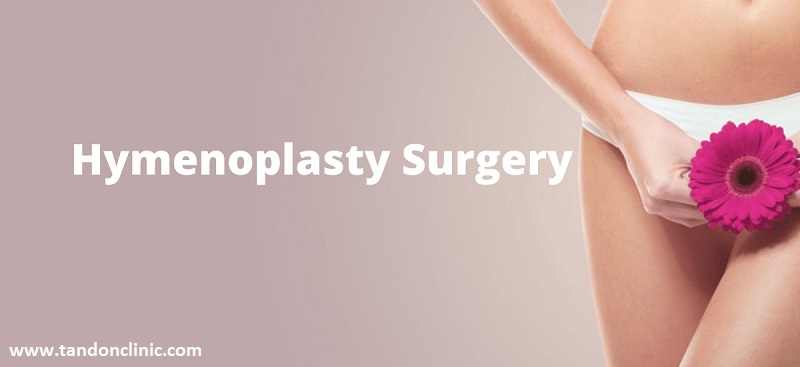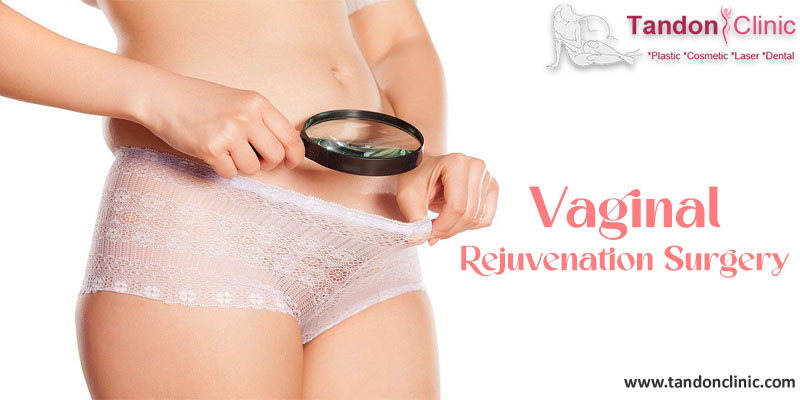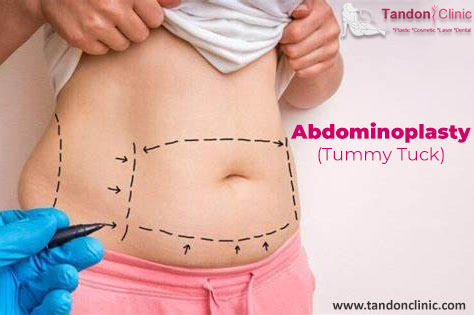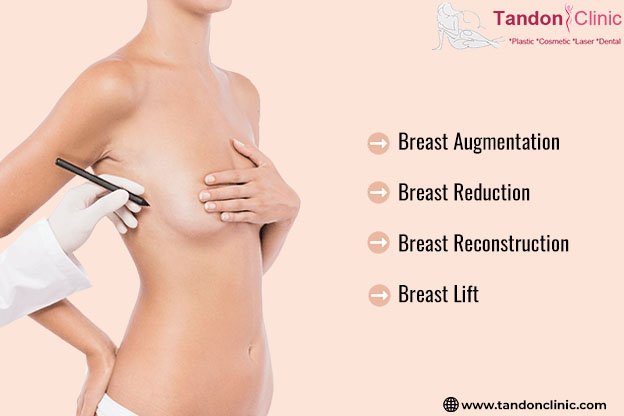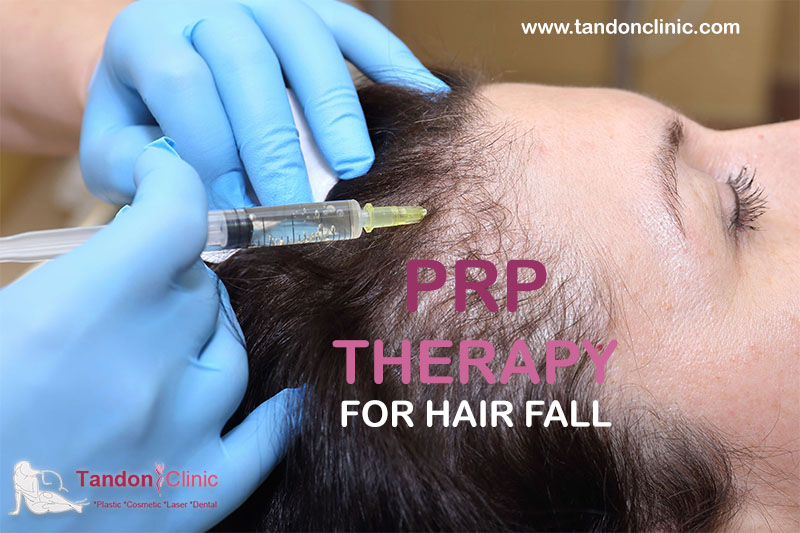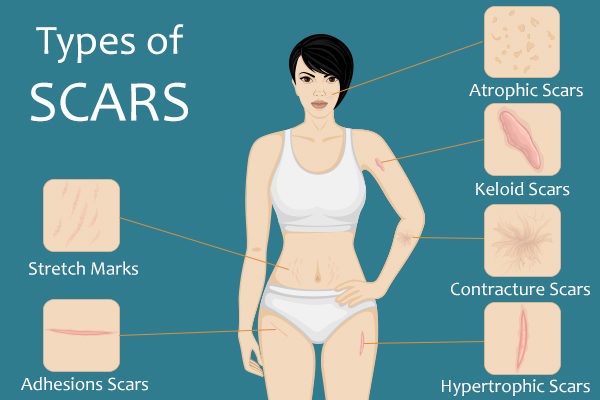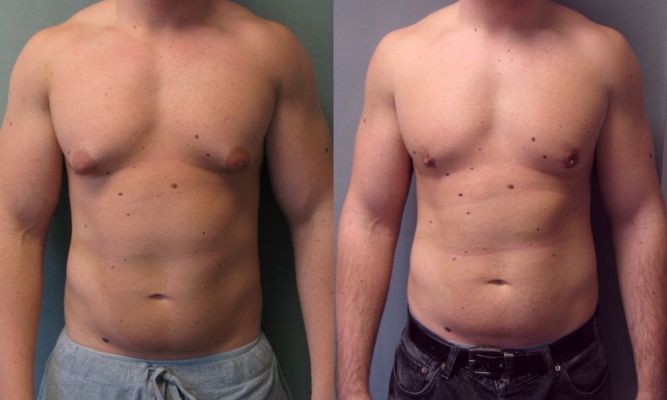
Laser hair removal offers the Medical and permanent solution in the treatment of unwanted hair growth with Class IV laser. Laser hair removal in Delhi guarantees permanent results, painlessly and in just a few sessions!
Applies to:
- Face: eyebrows, middle eyebrow, chin, upper lip, favorites, cheekbones and cheeks
- Ears
- Hands: arms, forearms, fingers
- Armpit
- Bikini: plain or brazil, perineum
- Feet: calves, thighs, buttocks
- Bosom
- Waist
- Belly
- Neck
- Back
- Chest in men
Laser hair removal in Delhi eliminates irritation and hair follicles.
Hair follicles appear in some people after razor or wax hair removal. The hair then returns to the skin, irritating the hair follicle. Thus, the area around each hair follicle becomes red and may appear pimples, discolorations or scars at the end, on more sensitive skin. So, when we do laser for permanent hair removal, the factor that irritates the hair follicle also leaves. The skin becomes smoother and younger, due to the regenerative property of thermal energy, explains the cosmetic surgeon in Delhi.
What is a Laser?
The laser is enhanced light. It is not ionizing radiation and so can be applied safely to all areas of the body, even in young people, without any side effects. Alexandrite has a wavelength of 753 nm and chemical affinity with the black color of melanin (chromophore = target) of hair follicles. The property of action is called “selective photothermolysis”.
This particular Laser machine emits a beam of light, which is selectively absorbed only by the melanin of the hair follicle and causes damage to the follicle, without damaging any other tissue, explains the cosmetic surgeon in Delhi.
Laser is the most advanced medical technology in the field of hair removal.
Indications for laser hair removal:
Laser hair removal in Rohini can be done either for aesthetic reasons or for purely medical reasons, such as abnormal hair growth or hair loss or frequent hair follicles in an area.
Pathological hair growth is a condition that affects only the female sex and is characterized by hair growth in places where there should be no hair, such as the face, neck, arms, chest, abdomen, back and buttocks. It is due to hereditary or racial factors or polycystic ovary syndrome or hormonal disorders or the presence of tumors and menopause. In this case, laser hair removal is the only solution to the final and effective treatment of the problem, says the cosmetic surgeon in Rohini.
Treatment is also indicated for people who have varicose veins in the lower extremities or irritations after traditional hair removal methods, or in cases of failure or inadequate results of these methods.
Laser hair removal in Rohini can be applied at young ages from 5 years and older, as in early puberty, etc. and is just as safe and effective as in adults, men and women for normal or abnormal hair growth.
How is the process done?
- We avoid dark clothes – underwear.
- We clean the area from makeup, deodorant or perfumes.
- We delimit the treated area.
- We cut the hair, if it is too big.
- Apply soothing cream
- We apply the laser
- We apply soothing cream again.
How many repetitions are required and why?
It usually takes 3 to 5 repetitions for permanent hair removal.
This is because not all hairs, at the given time of treatment, are at the same stage of development.
Those hairs that are in the resting stage (telogen phase) are not a target for the machine. So, we wait about 1 month and repeat the treatment. Those hairs that are in the regenerative phase (i.e. the intense multiplication) where the pocket is sensitive, are completely and permanently destroyed! All hairs (of the three stages of their development) that happen to be in the natal stage of their life (in the mature period) are destroyed to a fairly large extent, also permanently. For the small percentage of hairs will reappear, one 3 applies the session, after about one month, so we achieve the final waxing. Rarely will require 4 to 5 session for a very small percentage of hair.
After the application of the treatment, the hair will start to fall out from the same moment until the next 10 days.
Depending on the area, the hairs have different percentages of the three phases of their life. For example, in the scalp, the regenerative phase is a large percentage (> 85%) and therefore the destruction of the hair follicles there with the Laser is permanent in a few sessions. In the face, more sessions are needed than in the rest of the body, because it is a more hormone-dependent area, due to more hormonal receptors in androgens, explains the cosmetic surgeon in Rohini.
At the end of each session, the patient’s card is completed with the settings used during the treatment, for future purposes.
How long does it take and how painless is the method?
The machine is very fast! Indicatively, we mention that for the whole face it takes about 2-6 minutes, for the mustache about 1 minute and for the bikini about 2-4 minutes. Of course, when it comes to a larger surface, such as the entire back or legs, more time is required (20΄- 50΄).
The whole process is almost painless.
What do we need to know before and after hair removal?
Before laser hair removal treatment in Delhi, long-term exposure to the sun one week before its application is prohibited. In contrast, the person can sunbathe soon after Laser Hair Removal using sunscreen.
The ideal length of hair for hair removal is 1-2 mm, ie as soon as they begin to appear. Hair should not be too long or vice versa once it has been brushed with another method or shaved. It is advisable not to use any whitening cream or wax beforehand, for at least 2 weeks on the treated areas.
The only thing that can be observed in some people after treatment, is the small erythema, which disappears in half to 1 hour. Cosmetic surgeon in Pitampura recommends the use of sunscreen, after hair removal, for the next few days with regular renewal every 1-2 hours in case of exposure to sunlight.
No recovery time is required.
Are there any contraindications?
Laser hair removal treatment is not recommended for people taking isotretinoin, people with photodermatitis, and people who have recently sunbathed or tanned. In this case we have to wait a few weeks without exposing the person to the sun and then apply the treatment. Prolonged exposure to the sun for 1-2 weeks before treatment is prohibited.
In the past, there was a relative contraindication in people with vitiligo and psoriasis. Today, with the use of state-of-the-art lasers, which have automatic cooling mechanisms, there is no contraindication for this group of patients.
Laser hair removal could be a contraindication during pregnancy and lactation, but most of the time we have the consent of the gynecologist, as the fetus is not in any danger, as this laser is not ionizing radiation, but visible light. which does not penetrate deeper than 3mm into the skin.
